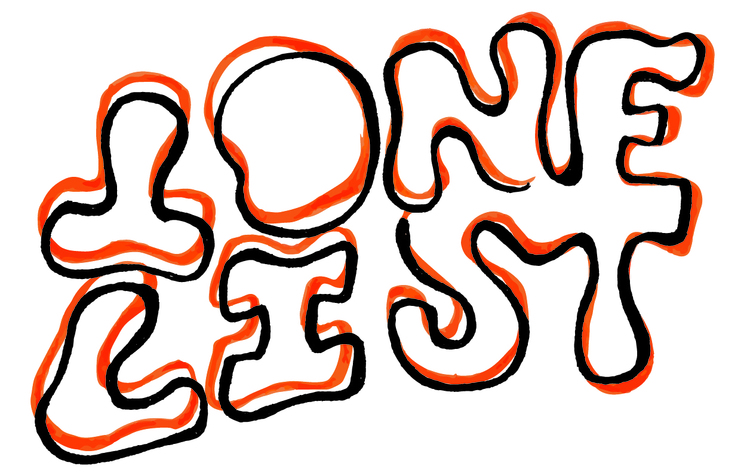Pneumasphere is described as a “collaborative exploration of unknown worlds” making use of a “xenophonographical” method. Can you describe some of the worlds you’ve so far visited?
The albums that we have released are audio descriptions of places both familiar and unknown. We prefer not to write too much about these worlds because the written word tends to limit interpretation. Sound recordings provide a richer, more open-ended source for listeners to explore these worlds for themselves.
Are these worlds real, imaginary, or something else?
Yes.
Can you explain the methods you use to undertake xenophonography?
‘xeno-’ means ‘alien’ or ‘strange’; ‘phonography’ is (in this context) the recording of sound. Xenophonography is the acoustic ethnography and ecology of unknown worlds. The process is technically very similar to field recording practices, but with sounds recorded from distant galaxies, parallel worlds, post-Euclidiean dimensions and spirit realms.
What are Pneumasphere’s album artworks depicting?
These are collaborative mandalas that enfold fieldwork sketches, charts, cartography, seismic surveys and our own psychic projections into the worlds that we are exploring.
Is there a symbiosis between Sage’s practice of having “compassion for demons” during meditation/possession, and compassion for imagined/unknown beings?
The symbiosis lies in both practices have an aspect of SF (speculative fiction, speculative feminism, science fact…). SF is grounded in compassion, as it is interested in reflecting on our relationships with others, other worlds, and ourselves.
Pneumasphere is Ozlem Kesik & Sage Pbbbt.

